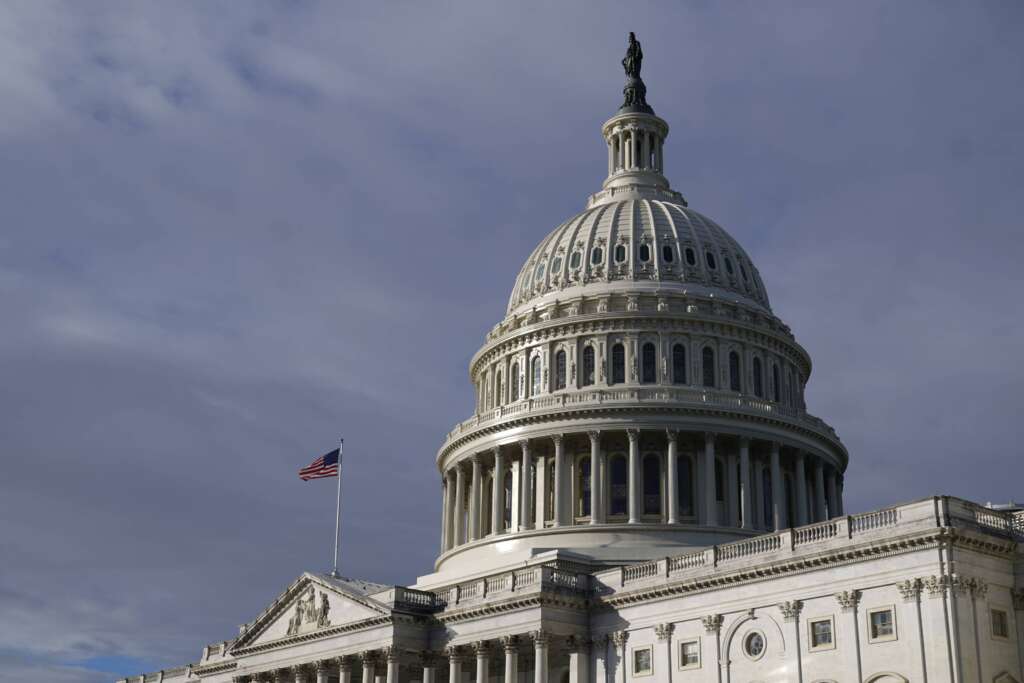
The House and Senate reached an agreement Tuesday that authorizes nearly $770 billion for the military in 2022. Large chunks of the more than 2,100-page bill directly affect the lives, pay and benefits of service members and their families.
The bill took a more conservative bent on hotly debated personnel topics. The Congressional conferees watered down a much-supported provision that would take serious nonmilitary crimes out of the chain of command and dropped a provision requiring women to sign up for the draft.
However, outside of the blockbuster parts of the 2022 defense authorization bill, there are many new policies Congress will mandate the Pentagon to enact once the bill is signed into law.
Service member pay
If passed, the bill will provide a 2.7% increase in military pay. The raise is in line with the pay bumps service members have received in recent years, which have hovered between 2.5% and 3%.
The bill gives the authority to the Defense Department to pay out a basic needs allowance to service members who did not recieve pay equal to 130% of the federal poverty guidelines for household size and location. Service members in need will get the same amount as designated by the Department of Health and Human Services guidelines, minus the household income from the previous year.
The provision stems from recent reports of food insecurity within some military families.
There is also good news for reservists in the military. The bill requires the military to pay reservists the same monthly incentive pay as regular components when performing comparable work. The provision won’t go into effect until after DoD delivers a report on the measure. The legislation shores up an issue where reservists were not getting pay parity for hazard pay and other work when doing the same jobs as active duty troops.
Military health
The COVID-19 vaccine mandate for service members saw few holdouts in at least four of the five services under DoD jurisdiction.
The Pentagon made no question that service members who refused to get inoculated would be discharged from the military. However, Congress is putting a limit on how severe the discharges can be. A provision in the final bill restricts COVID vaccine-related discharges to being honorable or general discharge under honorable conditions.
None of the military services said they would discharge vaccine refusers for anything lower than a general discharge to date. However, the NDAA will codify that into law.
Congress is also extending the restriction of paring down defense medical billets by at least another year.
The Pentagon has been working on a plan to cut thousands of medical military billets through attrition, however, Congress has ground that plan to a halt over the past few years. This NDAA asks the Government Accountability Office to deliver a report on the reduction or realignment of military medical billets to ensure the Military Health System will have the manpower it needs.
Congress is continuing to investigate and work on issues related to military housing as well. The bill asks DoD to provide housing history statements to service members and asks for a report on the military’s private-public partnerships on military housing.
Service members could also see better eating disorder treatments for themselves and dependents. The most recent count saw a 26% increase in those disorders from 2012 to 2016.
Congress also wants an independent review on military suicides and response. The call for outside help shows how serious the issue has gotten as suicide rates continue to rise in the ranks. This past year, DoD used an independent review panel to look into sexual assault and harassment in the military.
Hiring
Congress is requiring a second independent review on the recruitment and detainment of Hispanic service members. The review stems from racial diversity concerns that DoD started focusing on about a year and a half ago.
After piloting some direct hire authorities, Congress is pulling the trigger and letting DoD permanently appoint qualified individuals with advanced degrees to scientific and laboratory positions. The caveat is that no more than 5% of the workforce may be appointed in that manner.
